One of your houseplants or outdoor plants looks funky and you think something might be wrong with it. Your automatic response? Add water. Sometimes, that’s the best solution, and sometimes it’s just a waste of water, and maybe of your plant.
Wilt is a classic example of the dilemma gardeners face; wilting can be caused by both underwatering and overwatering. What’s more, factors other than water can cause leaves to wilt, even though the roots have plenty of moisture.
Here’s the thing: If too much water surrounds your roots, or they never have a chance to dry a little, the roots don’t get enough oxygen, which also is crucial for plant health. Further, some plants are susceptible to root rot. Let’s look at a few reasons to add water to help a plant, along with a few tips on when not to water.
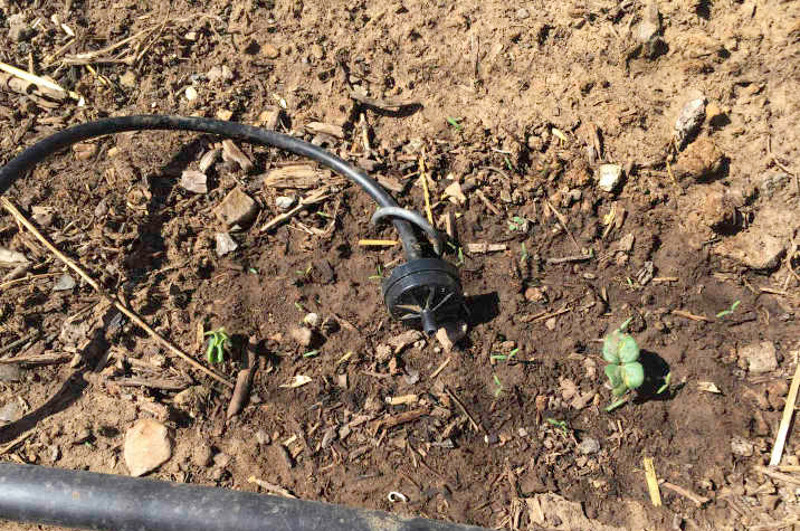
Young seedlings need consistent water, and nothing beats a drip system!
How to Avoid Overwatering
Regularly check and maintain all sprinkler, bubbler and drip systems. Redirect flow amount or direction for any that appear to be getting too much water, and repair leaks.
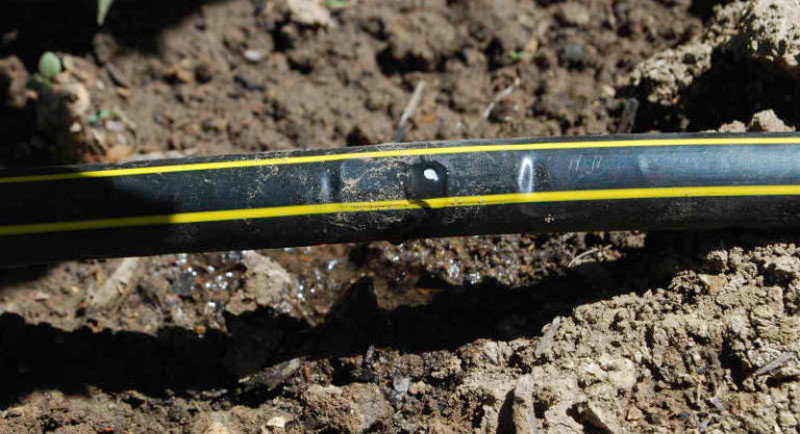
The drips seep into the ground slowly, lasting longer and requiring less attention.
The problem might not be how much water, but how you water. Many plants take poorly to regular watering of their foliage. Water that sprays evaporates faster (which is more wasteful) or can sit on foliage too long, leading to diseases.
Spray irrigation also waters too much ground around a plant, helping weeds more than your shrub. On a sunny day, most of the water evaporates, but if you water late in the afternoon, on a cool, cloudy day or onto a thick or crowded plant, the water sits overnight on leaves.
The best times to water overhead are to wash off dust that builds up on leaves (affecting photosynthesis) or to wash off aphids. But reserve these actions for sunny mornings whenever possible.

Inexpensive water meters might not be totally accurate, but they can give you a sense of the moisture around a plant several inches down.
The soil is your best test for whether a plant needs water, not the plant. Check the soil around a houseplant or outdoor plant to see if it still is damp one to two inches below the surface. You can use your finger, a small trowel to gently push soil aside so you can see or feel it, or small tools like chopsticks of pencils pushed in and then removed to see if soil or moisture have stuck to the wood. There also are commercial soil monitoring tools available.
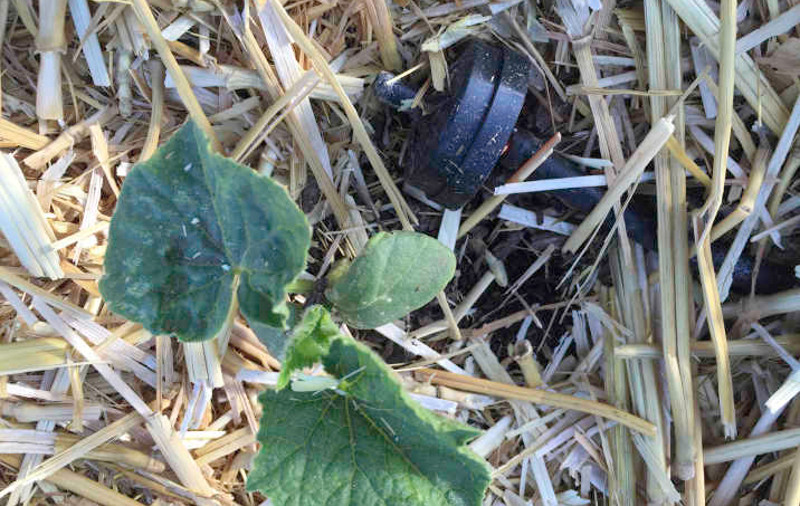
Mulch helps retain water by lessening loss to evaporation. You can feel an inch or so down to check moisture with your fingertip.
Mind the season. When plants go dormant in winter, they need much less water. You should adjust your schedule accordingly and try to avoid watering too soon in spring or too late in fall.
Have a way to stop automatic watering when it rains. Weather sensors are available for irrigation and rain-harvesting systems, and others have smartphone software. This helps you pause a watering schedule from work on a rainy day, for example. Although these systems are designed mostly to conserve water, they also prevent over soaking plants. You can even get solar-powered sensors for watering with rain barrels.
Water slowly, which is another drip irrigation advantage. The more slowly the water falls to the ground, the more gradually it penetrates. This is especially important for containers; fast, hard flows of water can wash potting soil nutrients right out the container’s drain.
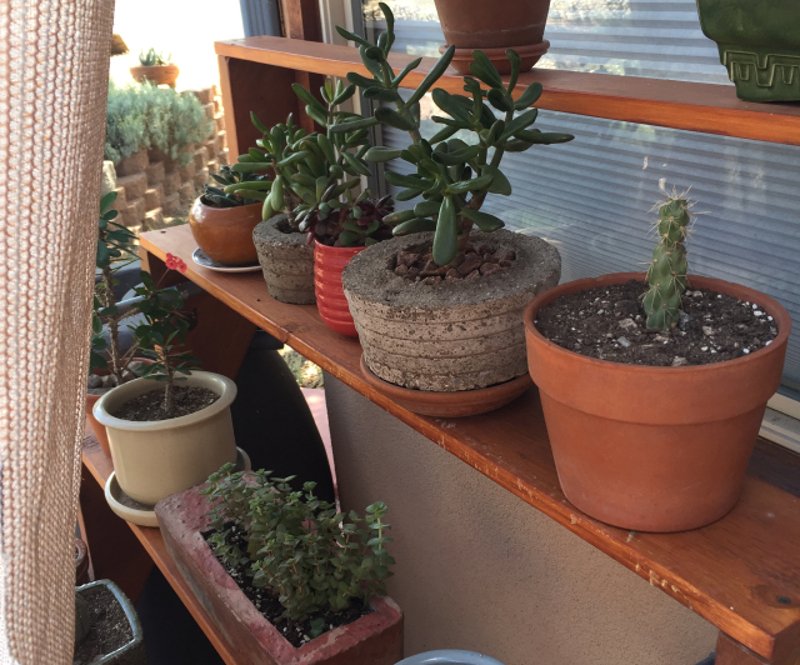
Few things can destroy succulents, but over watering can. Always water slowly for any container plant.
Always water new plants, seeds or transplants more often in the first year or so. Even though they are labeled xeric or low-water use, the roots need help growing in their new environment and the plant is more vulnerable.
On hot, sunny days. If you haven’t watered in a while and it’s peak summer heat, give plants with mostly dry soil, especially those most vulnerable to heat, a drink in the morning to help them get through the day.
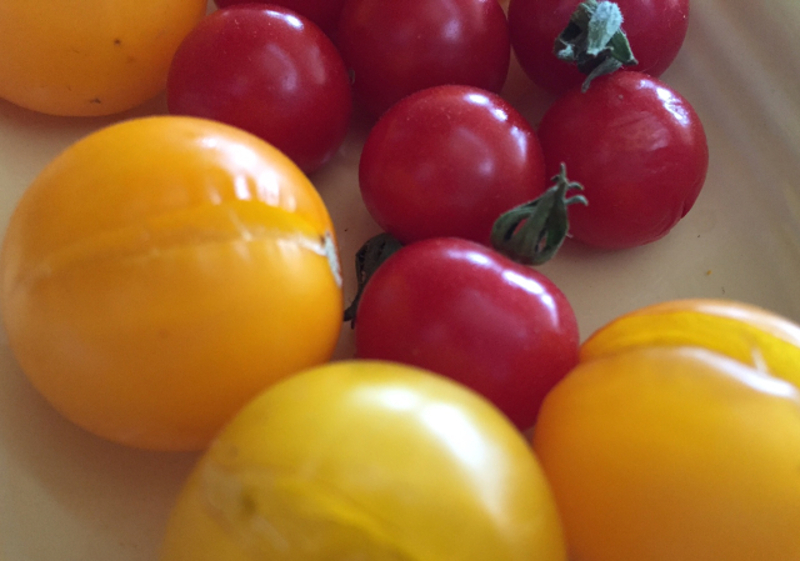
Too much water or time on the vine can split tomatoes.
Consistently for vegetables and edibles. It helps a tomato to nearly dry out some between waterings, but not to completely dry. Watering the same amount each time keeps the plant growing at a healthier rate and prevents fruit problems such as splitting.
 |
Author Teresa Odle - Published 12-10-2020 |
